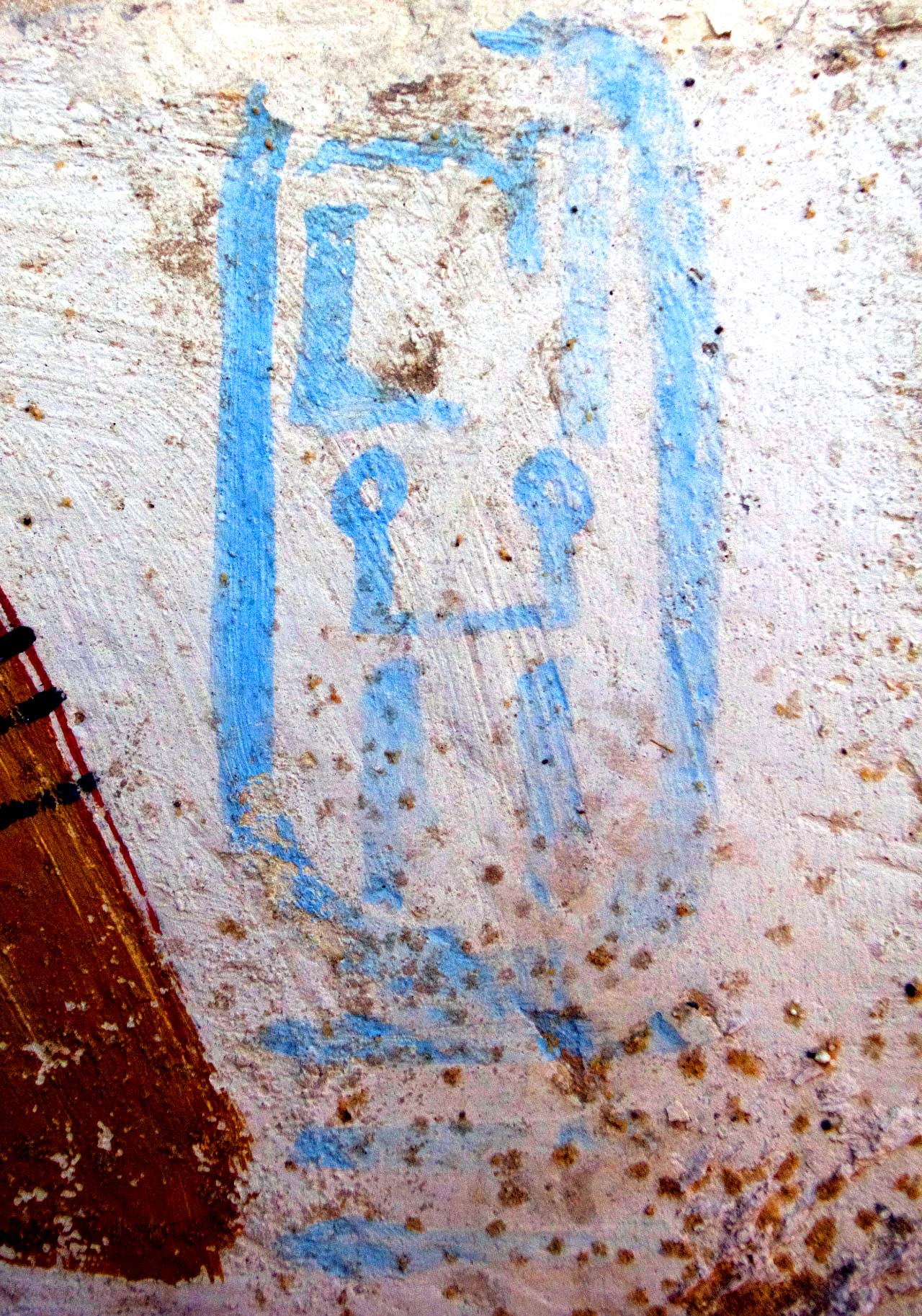BY ANDREW COGLIANO
A newly discovered Egyptian tomb has Egyptologists worldwide questioning the current written history of the pharaohs. The tomb of Woseribre Senebkay, described on his sarcophagus as the “king of upper and lower Egypt,” was unearthed by a team of archaeologists in January of this year.

Senebkay is unique in the fact that he was an unknown pharaoh that ruled Egypt over 3,500 years ago. Found in the tombs of the Abydos region, this pharaoh also brings to light the question of the Abydos dynasty’s existence. Prior to Senebkay’s unearthing, the Abydos dynasty lacked enough information to even be considered a real dynasty.
Josef Wegner, chief archaeologist and discoverer of the tomb, was thrilled “to find not just the tomb of one previously unknown pharaoh, but the necropolis of an entire forgotten dynasty.” Unfortunately, tomb raiders had robbed the chambers of all gold and precious metals that were sealed in with the bodies.
Senebkay was thought to be five feet, nine inches in height, and believed to have died in his mid-40s. Wegner’s discovery also suggests that during the split of Egyptian kingdoms around 1600 B.C., there was a middle kingdom that existed and survived for the next several generations. “Continued work in the royal tombs of the Abydos Dynasty promises to shed new light on the political history and society of an important but poorly understood era of ancient Egypt,” says Wegner.



